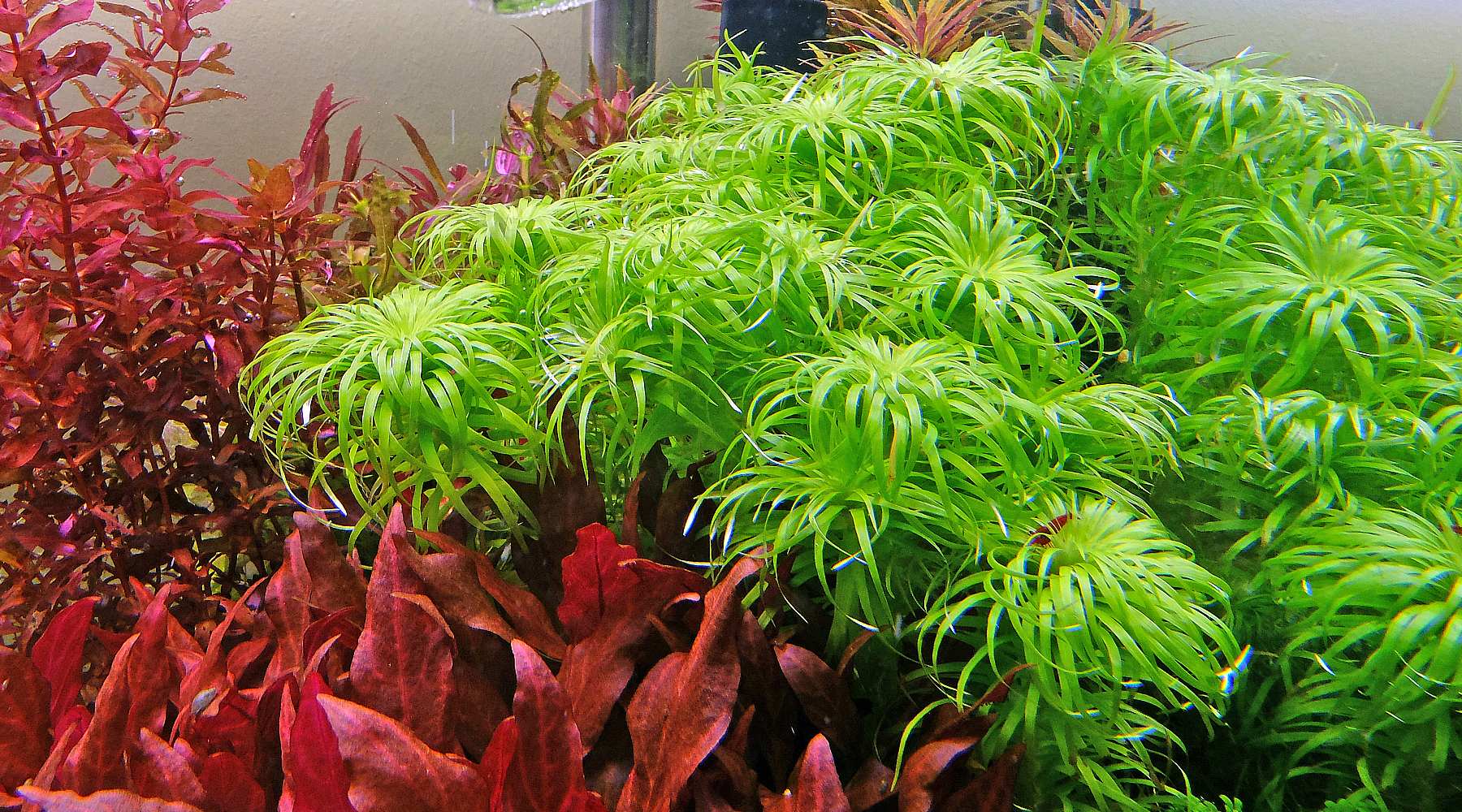Your Cart is Empty
Shop
We are a brand born of an obsession with performance, a belief in good science, and a knack for invention.
Read our story.
We are a brand born of an obsession with performance, a belief in good science, and a knack for invention.
Read our story.

Good Science
We define it as a combination of discerning research and real world results.
We define it as a combination of discerning research and real world results.

How to grow SYNGONANTHUS SPECIES
May 10, 2021 2 min read

Above: Syngonanthus 'Lago grande' has light green foliage that contrasts well with red/orange colored plants.
Syngonanthus macrocaulon
Syngonanthus macrocaulon is found in the Amazon in very soft blackwater rivers. It was initially introduced into the hobby as "Tonina sp. belem" but was later verified by botanists to belong to the genus Syngonanthus. Some traders erroneously call it Syngonanthus belem, merging old & new names.
Similar plants in this category are Syngonanthus 'Manaus' which looks similar to Macrocaulon but is significantly taller/larger, and 'Lago grande' which is similar size but with a spiker top compared to Syngonanthus macrocaulon. They all have similar growth requirements.
Sygonanthus macrocaulon is a stem plant that will sprout side shoots as the plant grows taller. It is best used as a mid-ground bush and its light green tone contrasts well with red/orange plants.
This plant has been in the hobby a long time but had the reputation of being a difficult plant to keep in early years when its requirements was not well understood. With the development of aquasoil substrates - which is acidic and buffers KH/pH down in tanks - this plant now can be considered pretty easy to grow as long as the tank has very soft water and aquasoil. Soft water is critical for this species. Soft water + regular water column dosing works as well.
It does require good light levels to grow well, so Syngonanthus species should not be shaded. CO2 injection should be present, but need not be high. A nutrient rich, acidic soil substrate gives a significant advantage in growing Syngonanthus species.
 Syngonanthus macrocaulon has a distinctive mop shaped / umbrella shaped top. Planting them while staggering height allows nice bunches to be created.
Syngonanthus macrocaulon has a distinctive mop shaped / umbrella shaped top. Planting them while staggering height allows nice bunches to be created.
 Syngonanthus giant is significantly larger than Syngonanthus macrocaulon/lago grande. Syngonanthus manaus and Syngonanthus giant are the 2 larger Syngonanthus species.
Syngonanthus giant is significantly larger than Syngonanthus macrocaulon/lago grande. Syngonanthus manaus and Syngonanthus giant are the 2 larger Syngonanthus species.
KEY SUCCESS FACTORS
- Soft water ( <2 dKH )
- Sufficient light (medium level onwards)
- Rich, acidic aquasoil substrates makes it easy
TRIMMING & PROPAGATION
This species does much better with topping and replanting - cutting off the top 4 to 6 inches, discarding the old bottoms and replanting the top portion.
The plant will naturally sprout multiple side shoots as it grows taller. These can be cut off and replanted as individual plants.
 Syngonanthus 'Lago grande' has a spikier top compared to Syngonanthus macrocaulon. It is good for forming dense bushes over time.
Syngonanthus 'Lago grande' has a spikier top compared to Syngonanthus macrocaulon. It is good for forming dense bushes over time.
unlock your true potential
Grow anything, defeat algae, create amazing aquascapes






















